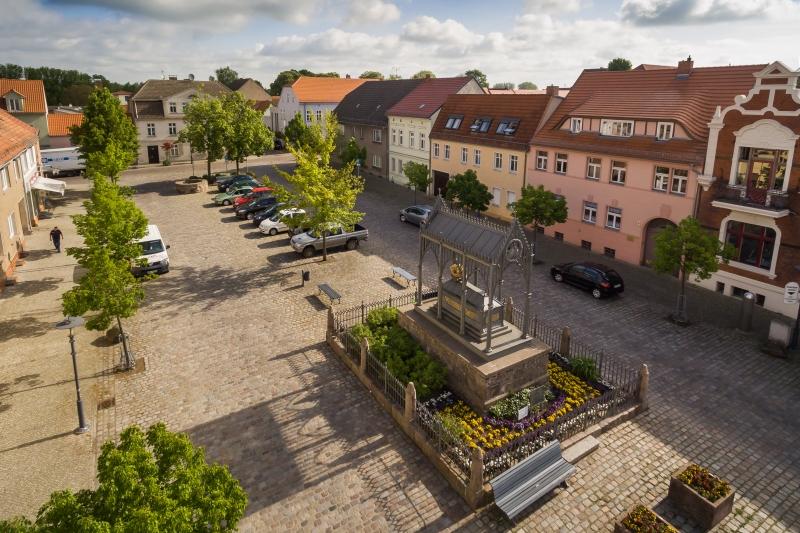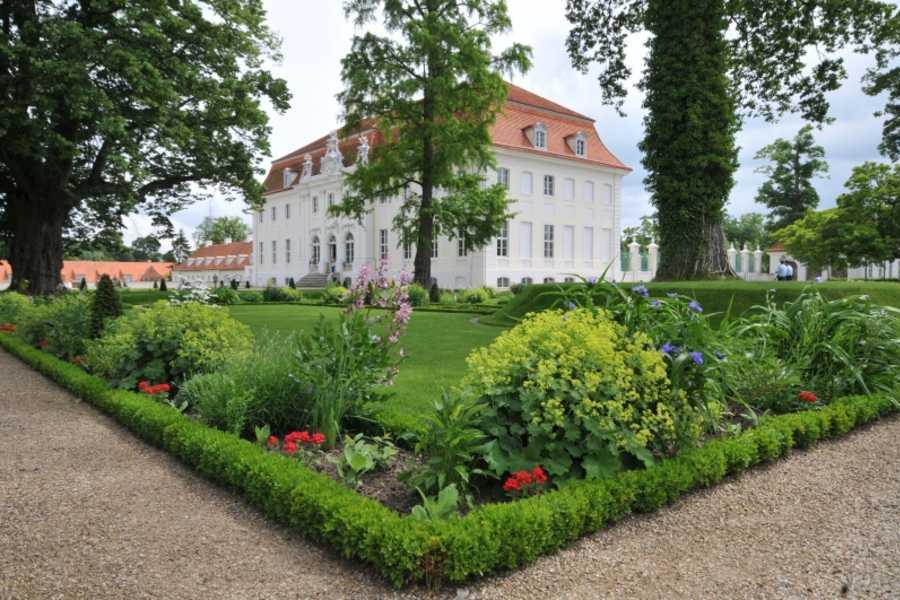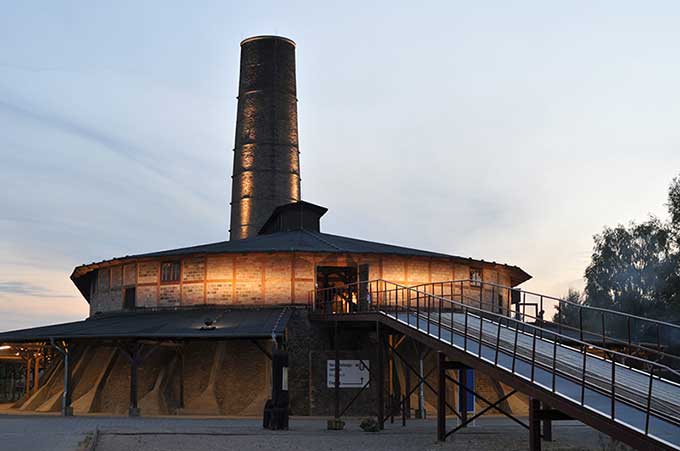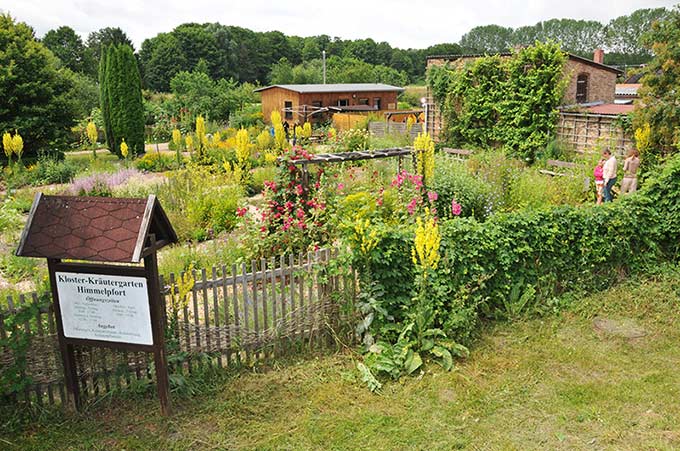Gransee and surroundings

The centre of Gransee and its municipalities is the town of the same name with its historic core, which was granted town status in 1262. The fact that Theodor Fontane called Gransee the "firmest town in the county of Ruppin" can still be seen very clearly. Since the 14th century, the old town has been surrounded by a wall, which is still almost completely preserved today. Gransee lies directly on the railway line between Berlin and the Baltic Sea. The journey by regional express to the centre of the capital takes only about 40 minutes.
The streets, laid out like a chessboard, are due to the great fire of 1711. The even layout has been preserved until today. Imposing witnesses of the past are the Franciscan monastery, the St. Marien Church and the Ruppiner Tor. The Schinkelplatz with its monument to the Prussian queen Luis is a focal point for many visitors. The popular monarch died in 1810 at Hohenzieritz Castle. The funeral procession with her coffin stopped in Gransee on its way to Berlin. The townspeople erected the monument in her memory. More information about the popular monarch and the history of the town can be found in the local history museum in the former hospital.
The town also includes the district of Meseberg, which has been in the headlines of international media since 2007 due to the castle of the same name. This is where the German government hosts its guests or meets for important talks far away from the hectic capital. Once a year, the palace and its park can be visited on an open day. Click here to go to the website of Gransee and its municipalities: www.gransee.de
And Gransee has a lot to offer in terms of digital tourism. The Gransee City School has developed a city tour for the smartphone. So in future you can discover Gransee via app. Guests don't need much to be able to use it. A smartphone and the free app "Actionbound", and you can be guided through the respective tour to the most important sights of Gransee. Users are guided from one sight to the next via GPS. The start and finish of the tours is the Gransee Museum of Local History at the town gate. Other stops include St. Mary's Church, the monastery, the town wall, the Powder Tower and the granaries. Those who opt for the large city tour will also get to know the Gransee city forest. Visitors need about 1.5 to 2 hours for the small tour, and 2.5 to 3 hours for the large tour. Visitors can find the instructions in the flyer "Discover Gransee!", which is available at the Gransee Museum of Local History and the tourist information offices in Stechlin, Fürstenberg/Havel and Zehdenick. In addition, the instruction manual is available here.






